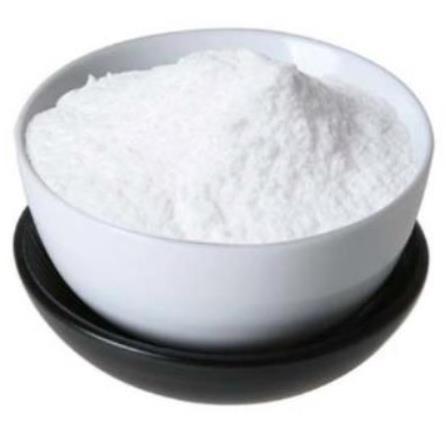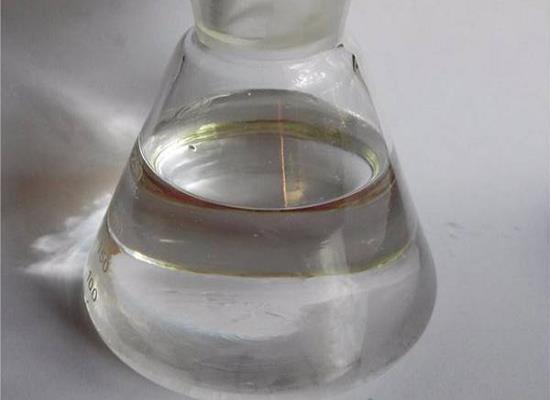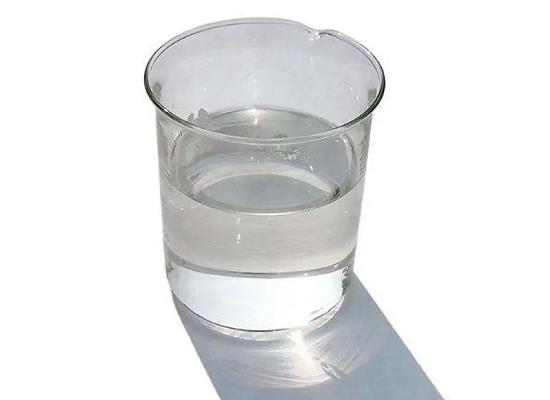Active Pharmaceutical Ingredients (API), popularly speaking, are the raw materials of medicines, only pharmaceutical raw materials are processed into pharmaceutical preparations , can they become medicines available for clinical use, so drugs we usually eat are the finished drugs through processing. Active Pharmaceutical Ingredients based on its sources can be divided into two major categories ,including chemical synthetic drugs and natural chemical drugs. Chemical synthetic drugs can be divided into organic synthetic drugs and inorganic synthetic drugs. Inorganic synthetic drugs are inorganic compounds ( very few is element), such as aluminum hydroxide, magnesium trisilicate which are used for the treatment of gastric and duodenal ulcers ; organic synthetic drugs are mainly composed of drugs made by basic organic chemical raw materials, through a series of organic chemical reactions (such as aspirin, chloramphenicol, caffeine, etc.). Natural chemical drugs ,based on its sources,can be divided into two categories including biochemical drugs and plant chemical drugs. Antibiotics are generally made by the microbial fermentation, which belongs to the biochemistry category. A variety of semi-synthetic antibiotics occurs in recent years,which are biosynthesis and chemical synthesis combining products.Among active Pharmaceutical Ingredients, the organic synthetic drugs varieties, yields and values have the largest proportion,which are the main pillars of the chemical and pharmaceutical industries. The quality of active Pharmaceutical Ingredients decides whether the formulation is good or bad , so its quality standards are very strict ,countries in the world have developed national pharmacopoeia standards and strict quality control methods for its widely used active Pharmaceutical ingredients.
Distearyl thiodipropionate: properties, applications and safety
Distearyl thiodipropionate is a versatile antioxidant and UV stabilizer used in cosmetics. It protects against free radicals and UV damage and preserves moisture.
Sep 20,2023 APIFluazinam: mechanism of action, applications and safety
Fluazinam is a versatile and safe fungicide that effectively controls fungal diseases in crops. Its unique mode of action reduces the risk of resistance development.
Sep 20,2023 APIBarium: resource, applications and toxicity
Barium is a valuable resource, used in diverse industries. China leads in production, but its toxicity requires further research.
Sep 20,2023 APIUnveiling the multifaceted biological activities of 1,3-benzodioxole derivatives
1,3-Benzodioxole derivatives show promising biological activities including anti-tumor, anti-hyperlipidemia, and antioxidative effects.
Sep 20,2023 APIA widely used anti-inflammatory agent-Mometasone furoate
Mometasone furoate is an anti-inflammatory drug that can be used in the treatment of a variety of diseases.
Sep 19,2023 APID-proline:A member of the D-amino acid family
D-proline(D-Pro), also known as D-hydroxypyrrole carboxylic acid, is an important five-membered cyclic amino acid and an important chiral compound.
Sep 19,2023 API2-Amino-1,3-propanediol: natural occurrence, applications and biological synthesis
2-Amino-1,3-propanediol is a versatile compound with applications in medicine, chemical industry, and toxin biosynthesis.
Sep 19,2023 API4-Pyridinecarboxaldehyde: properties and applications in various fields
4-Pyridinecarboxaldehyde is a yellow liquid with a pungent odor, used in biosensors and corrosion protection materials.
Sep 19,2023 APIClinical applications of perfluorotributylamine
Perfluorotributylamine shows promise in tumor metastasis prevention, vitreous replacement, and intervertebral disc regeneration.
Sep 19,2023 APITetrahydro-4H-pyran-4-one: properties and applications
Tetrahydro-4H-pyran-4-one is a colorless liquid used in organic chemistry, with potential bioactivities and antiviral properties.
Sep 19,2023 API











